Newark On Trent, Market Square c.1955
Photo ref:
N12008


More about this scene
At the heart of Bishop Alexander's town was the large market place into which the Fosse Way was diverted, although none of the buildings in this view are medieval. The pedimented building is Carr of York's Town Hall of 1773 built in local Mansfield sandstone; the ground floor meat market is now a shopping arcade, the Butter Market. Curry's to the right is now an antiques centre. The building on the right side of the square with the white quoins is the Moot Hall of 1708, rebuilt in replica in 1967.
Add to Album
You must be signed in to save to an album
Sign inShare This Photo
Buy a Print
Unframed, Mounted, Framed and Canvas prints in a range of sizes and styles.
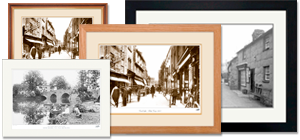
View Sizes & Prices
A Selection of Memories from Newark-on-Trent
For many years now, we've been inviting visitors to our website to add their own memories to share their experiences of life as it was, prompted by the photographs in our archive. Here are some from Newark-on-Trent
Sparked a Memory for you?
If this has sparked a memory, why not share it here?

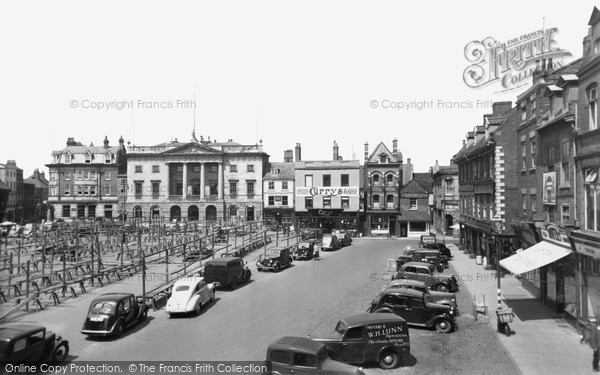
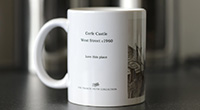
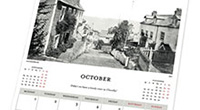
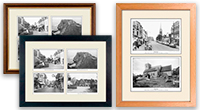
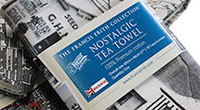

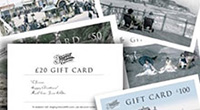
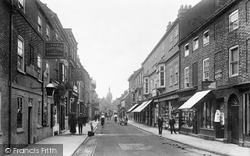
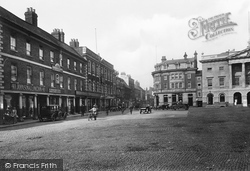
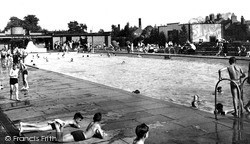
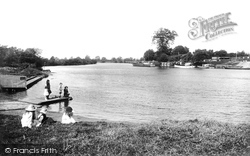
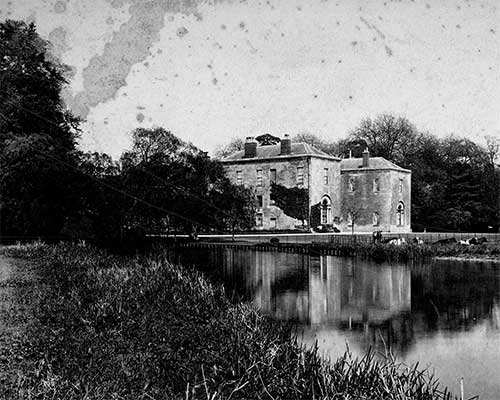 Before
Before
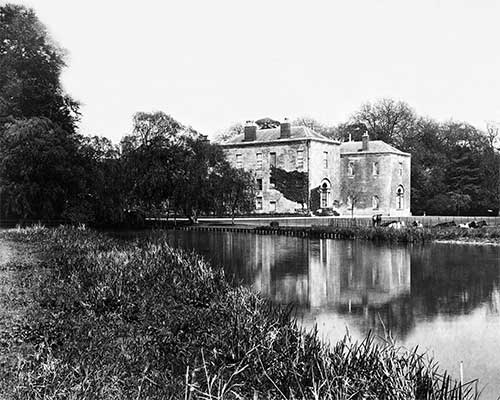 After
After